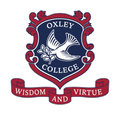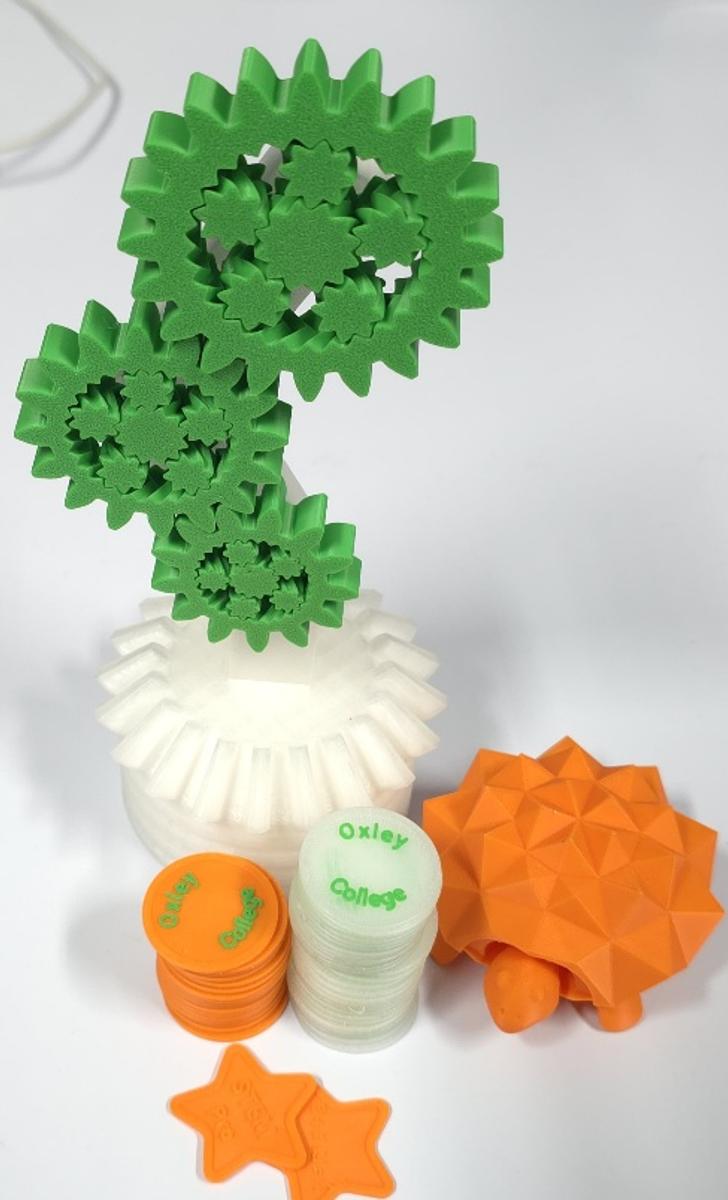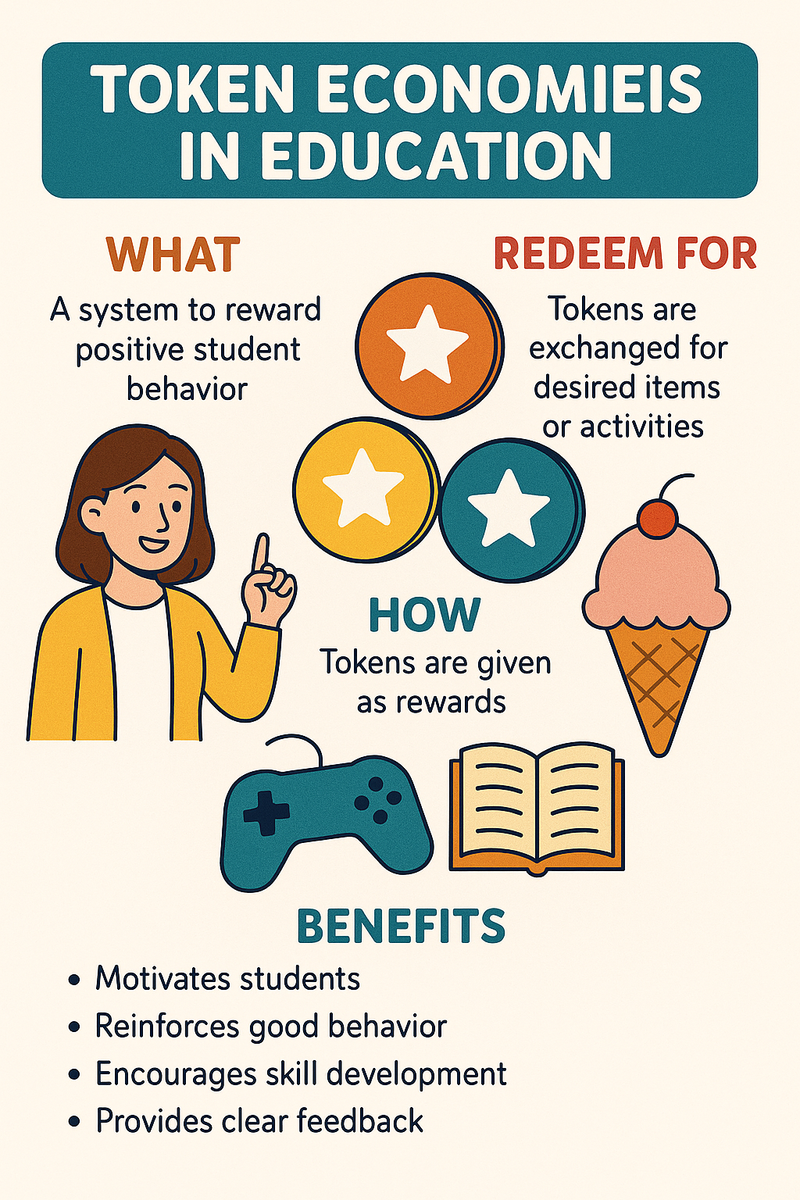Gamification of Learning at Oxley

In a previous article, James Avram highlighted the benefits of gamified learning in a modern educational context. Since then, we have considered the best available research and are currently refining strategies to best implement a gamified model of learning in the Secondary School at Oxley in 2026.
A team of teachers are currently trying various types of rewards in an attempt to gamify learning in their lessons. These include tokens, which tangibly highlight students’ successes in the classroom, as well as trophies for ongoing student projects. At the end of this term, the team will gather their experience and refine ideas for wider implementation. Some teachers are using a local token economy in their class and the initial feedback is very exciting. The tokens are awarded to students for their interest and engagement in class, whenever they challenge themselves to grow in their abilities in the subject and to celebrate any successes along the way. This is also based on the students’ personal goals and abilities, so that all students are rewarded for a growth mindset, irrespective of where their scores lie. This method of motivating students has been shown to be effective historically, as classroom token economies have been used by teachers for decades. This has certainly been our experience this semester.
Once these principles have been tested and refined, a school approach is envisioned. This will have a combination of leaderboards, trophies, badges and tokens. Each of these will reward students across the school, with the aim of motivating and rewarding students on a platform that is universal. With our aim of digital normalisation of technology at Oxley, digital rewards and leaderboards will ultimately be the sustainable way forward.
According to the Merriam-Webster Medical Dictionary, a token economy is defined as a system in which individuals receive tokens or symbolic reinforcements for exhibiting specific behaviors or achieving predetermined goals. Brighter Strides* lists the core principles of a token economy as follows:
- Tokens serve as tangible representations of positive reinforcement. Tokens can be exchanged for predetermined rewards and act as a bridge between the desired behavior and the rewards.
- Accumulation and Exchange: The accumulation of tokens over time incentivises continued positive behavior.
- Generalised Reinforcers: “In educational settings, token economies often utilise generalised conditioned reinforcers. These tokens can be traded for a variety of items and activities, similar to how money is used in an economy for desired items and activities. This flexibility allows individuals to choose rewards that are personally motivating.”
In the near future, we will aim to consider a reward system which will gamify learning and good behavioral habits which are conducive to learning. We will use our 3D printer and laser cutter to produce physical tokens in the pilot phase. As we grow in our pathway to digital normalisation, we will make use of token economy apps and fun leaderboards.
This system can be used to gamify learning by turning classroom tasks and behaviors into a reward-based system that mimics the structure of games. Students earn tokens for completing assignments, demonstrating good behavior, or mastering new skills- like earning points or achievements in a game. By incorporating elements such as levels, leaderboards, or team challenges, token economies make learning feel more interactive and enjoyable, transforming routine educational activities into playful, goal-oriented experiences.
We are excited to continue with the development of a system to implement a gamified model of learning across the Secondary School. Hopefully we will be able to make a launch in 2026.
Verlin Govender
Learning Technologies Coordinator


